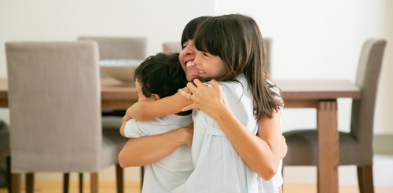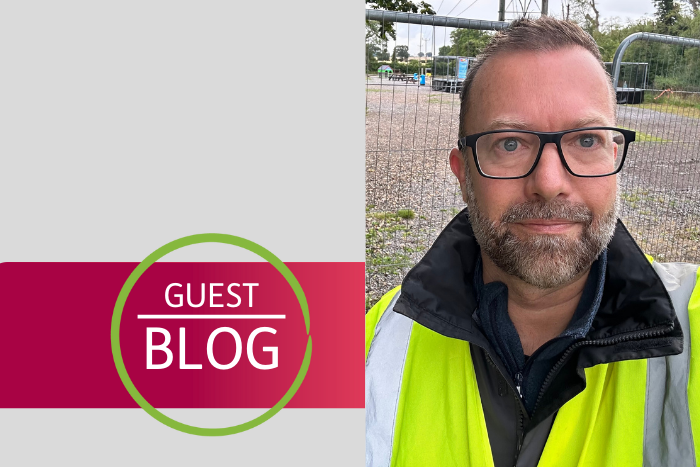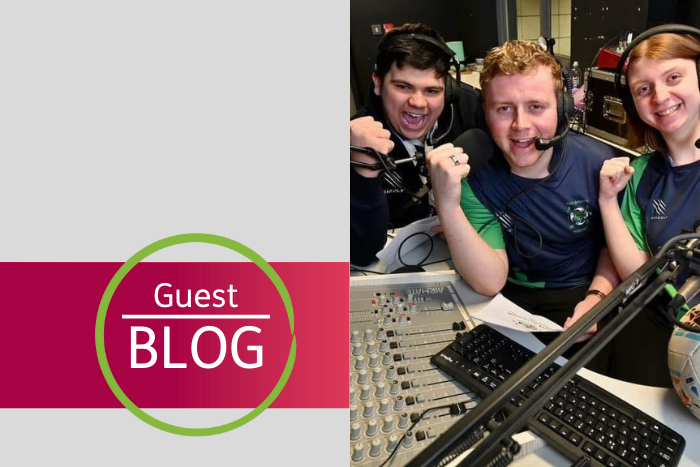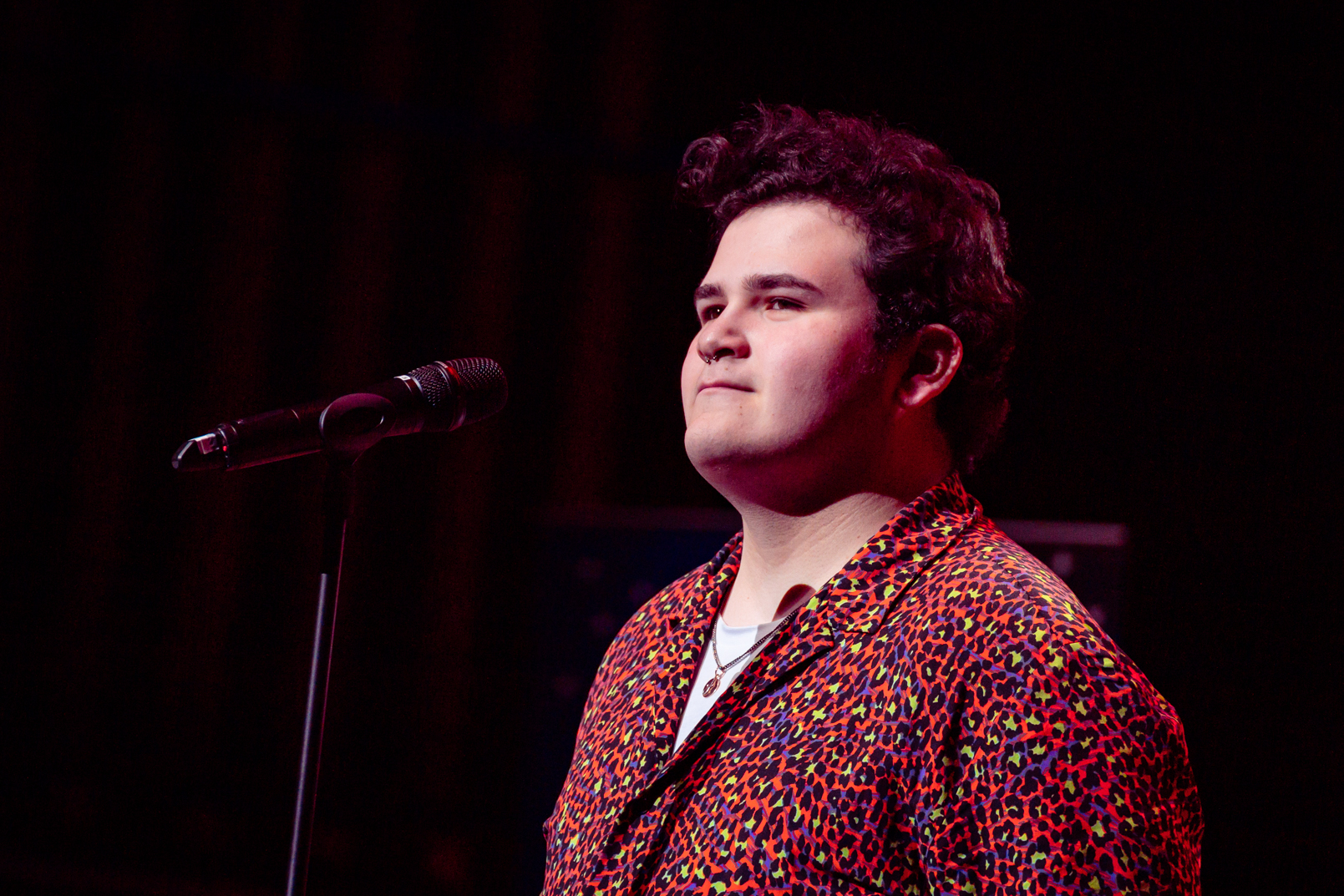
Living with Autism and Dissociative Identity Disorder: My Journey so Far
I grew up not knowing I was autistic, finally receiving my very late diagnosis aged 42. Had I never had children, I often wonder if I would ever have discovered I was autistic. It was only after my children were diagnosed with autism that I learnt about the condition and then, gradually, started to realise I too was autistic. I remember the moment well. I was sitting in a presentation on autism and how to help my autistic children and the presenter included a slide about how autism presents differently in girls. I sat there in bemused disbelief, realising to my horror that most of the features she was describing could be applied to me.
For example, I have many diagnoses prior to receiving my autism diagnosis. This is a common journey for women on the spectrum. I also socially mask and can appear to be socially sophisticated but it is learnt from years of painfully observing interaction in others; I am physically and emotionally exhausted after social interaction. I also grew up so busy trying to please others and becoming what others wanted me to be that I entered therapy shortly before my autism diagnosis having absolutely no idea who I was.
In my case, my inability to know who I was, to have my own firm identity, was and is so extreme that I am diagnosed with Dissociative Identity Disorder. I talk about this on my Autistic Selves YouTube channel and Instagram account. Both have been set up because I wanted a space to explore my autistic identity and what it means to have both autism and Dissociative Identity Disorder. For me, I also feel the way my DID presents is different to other people who share this diagnosis. I believe the reasons for me developing and maintaining DID are different.
In traditional DID, a young child experiences extreme trauma and this results in the splitting of the self into different parts, or alters. I am still exploring my ideas but for me, I believe I developed different alters mainly as a way of coping with being autistic – of growing up as an undiagnosed autistic – and as a way of trying to create order in a world that I found (and continue to find) unbearably chaotic and disorganised. As an autistic person, I like my world to be neat, predictable and manageable. I have a whole system of interconnected alters, each one has a different role and a different function, enabling me to live a complicated and sophisticated life without getting too overwhelmed to function.
For example, we have an alter called Fiona who looks after our children. She is responsible, caring and organised. Fiona is an adult but we also have many child alters, or littles. One of our littles is called Rachel. Rachel is 11 years old and her job is to run and keep the body fit and healthy. Our youngest alter is called Tiny – she is only 6 months old and can only cry or coo. Not all of our alters are human – we have a tree, a robot and an internal cat. Every alter has an important role to play in keeping us regulated and functional.
I am 45 years old, married and a mum to two autistic children. Without alters, I would struggle to cope with the complexity of my life. I talk about my diagnosis journey and about parenting as an autistic person with DID on my YouTube channel. I also blog on Instagram and am currently writing a book about living with DID and autism, which I hope to publish.
You can watch the Autistic Selves video collection on YouTube.
New videos
Autistic Selves continue to create new content on their socials. In December 2021, they published a video about their youngest alters - Charlotte and Tina.
We explore why we have them and how they interact with each other and the other alters in our system. Real recordings of our alters are also included.
We have published 2 versions of our video - here is the link to the one containing music and sound effects (full version)
Here is the link to our sensory friendly version which does not have music or sound effects.



